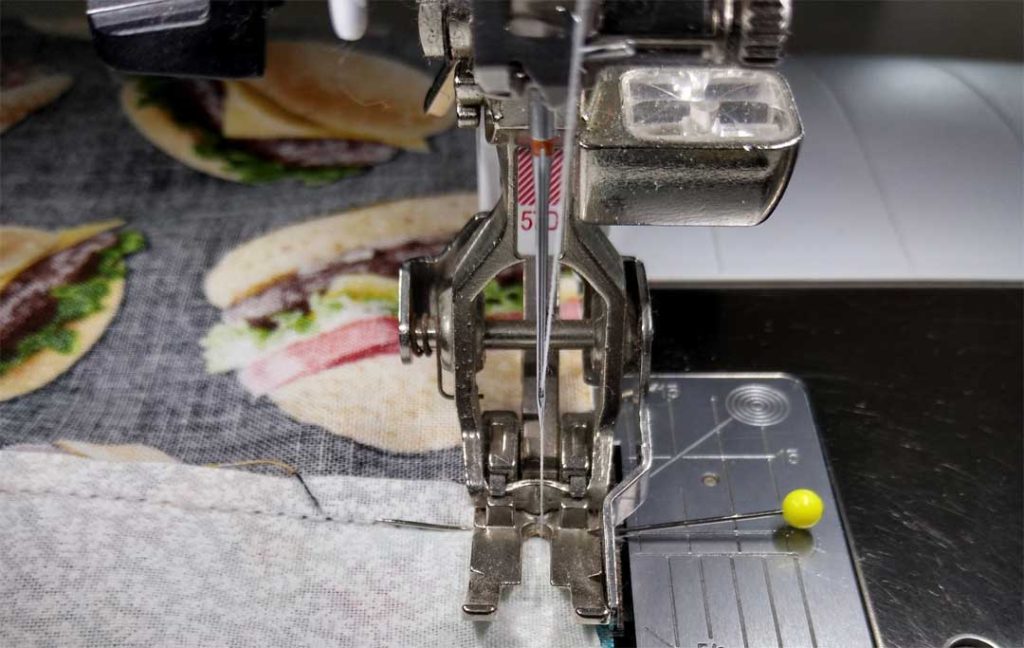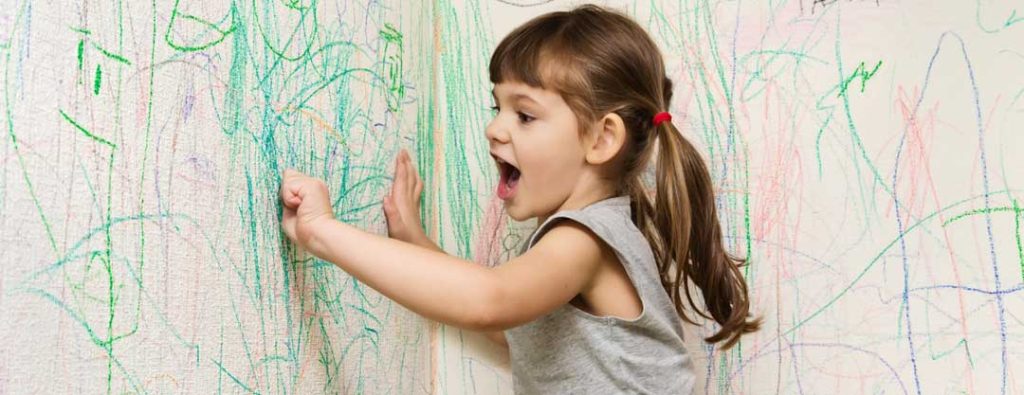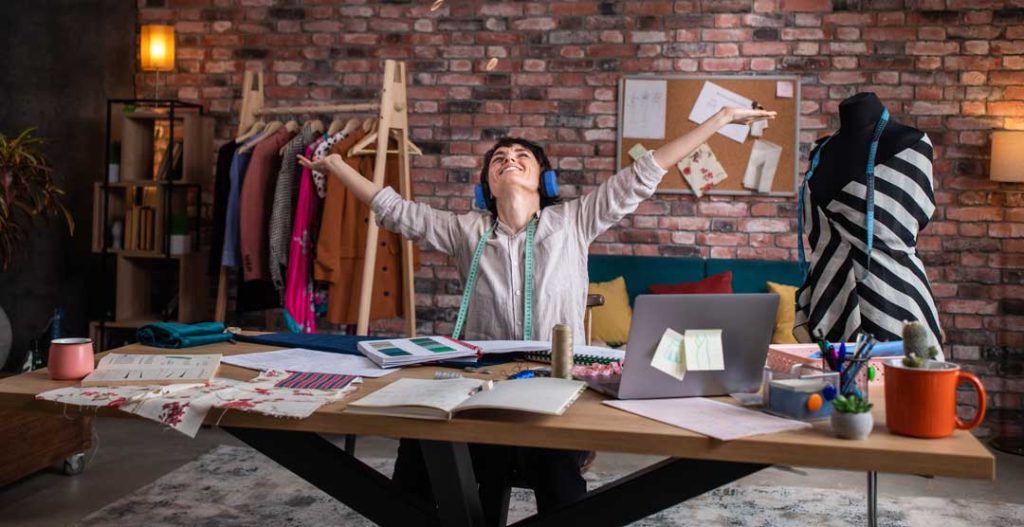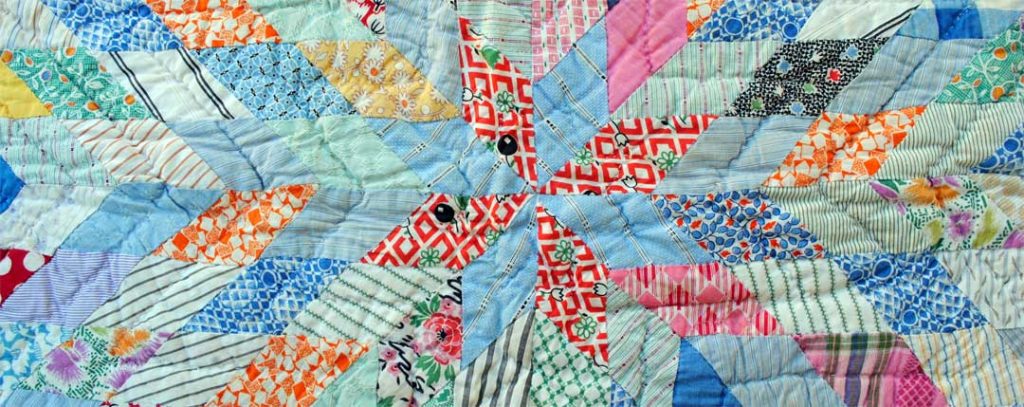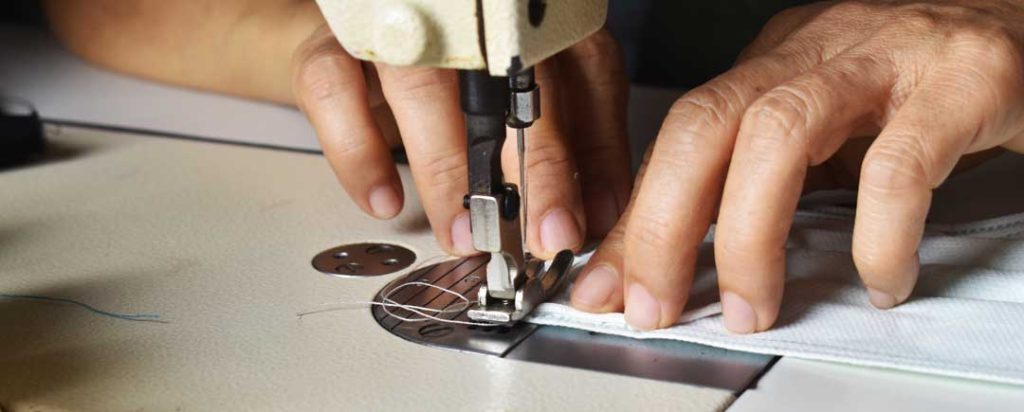We all have our idiosyncrasies and shortcuts to help our sewing go faster and easier, but are some of those things harmful to the final product?
How bad is it to sew over pins?
Pretty Bad
While technically you can sew over pins that are placed perpendicular to the seamline, it’s better not to as several bad things can happen. Firstly, the needle may hit the pin resulting in a broken needle. If not broken, damaged beyond use. Shards from a broken needle can fly and injure you, and bits can become lodged in the machine’s bobbin mechanism. Secondly, the pin may bend and become lodged in the bobbin mechanism causing damage. Hitting a pin can also hurt the timing on the machine, necessitating a service call. It’s fine to sew up to the pin, but remove the actual pin before crossing it.
How bad is it to mark my fabric with an ink pen?
Really Bad
Marking fabric with an ink pen can lead to some catastrophic results. Some inks are permanent and could show through the finished project, especially if used on light colors. But perhaps worse, during washing or dry cleaning, the ink can run, permanently discoloring the project fabric. There are many types of pens and pencils designed specifically for use on fabric, so they are much better choices. Many are easily removable so there’s no risk of damage. So, don’t grab the Sharpie® when you really want the FriXion®.
How bad is it to watch TV/listen to music, an audio book or podcast while I sew?
Not Bad at All
As long as you can still concentrate on your project directions, it’s fine to zone out with another relaxing option. If you’re watching something compelling on TV, it may slow your sewing a bit as you don’t want to miss something captivating in the plot.
How bad is it not to preshrink my fabric?
Really Bad to Not So Bad
This topic is one of the most controversial in sewing, as there are die-hards on both sides of the arguments. Depending on the fiber content and how you plan to care for the project, the answer may swing to the other end of the pendulum. For garment sewers, preshrinking fabric is sometimes a rite of passage held over from school home economics classes. If you don’t preshrink, obviously fit is affected should the fabric shrink during care, so the “rule of thumb” is to pretreat the fabric as you plan to care for the garment. Some fabrics are fine with normal laundering, others, like wools, are best being steam pressed, either at home or by a drycleaner.
Some fabrics, like denim and handwovens, may experience residual shrinkage, meaning that they continue to shrink, so pretreating more than once is desirable.
Unless the label states that it’s washable, do not wash wool fabrics, as they can not only shrink a lot, but also felt, changing the original hand of the fabric irreversibly.
The subject of preshrinking divides the quilting community. Some like to ensure no later shrinkage, others like the feel of unwashed fabrics showcased in a quilt. If a quilt is washed, it tends to pucker up a bit anyway, depending on the fabric and batting used, and that look is not necessarily a negative. Long story short for quilters—it’s a matter of opinion, but be consistent throughout the project to avoid any surprised later.
How bad is it to not backstitch at the beginning and end of seams?
Kinda’ Bad
It’s ideal to cross a seam with another seam to secure it, but in many cases that’s not possible. If you don’t backstitch at the beginning and ending of a seam, it can begin to pull out. Some machines can be programmed to backstitch automatically, others offer a lockstitch that will simply stitch in place or greatly reduce the stitch length to anchor seam ends.
Some places, like the pointed end of a dart, are best not backstitched so as not to build up a heavier stitching line. At the end of a dart, simply shorten the stitch length starting about ½” before the end to secure the stitches. This technique works anywhere you don’t want the added bulk and/or visibility of backstitching—like on sheer fabrics.
If you’re topstitching, don’t backstitch, as the build-up of stitches will show. Instead, pull the top thread to the underside and tie off with the bobbin thread to secure.
~Linda Griepentrog is the owner of G Wiz Creative Services and she does writing, editing and designing for companies in the sewing, crafting and quilting industries. In addition, she escorts fabric shopping tours to Hong Kong. She lives at the Oregon Coast with her husband Keith, and three dogs, Yohnuh, Abby, and Lizzie. Contact her at gwizdesigns@aol.com.





